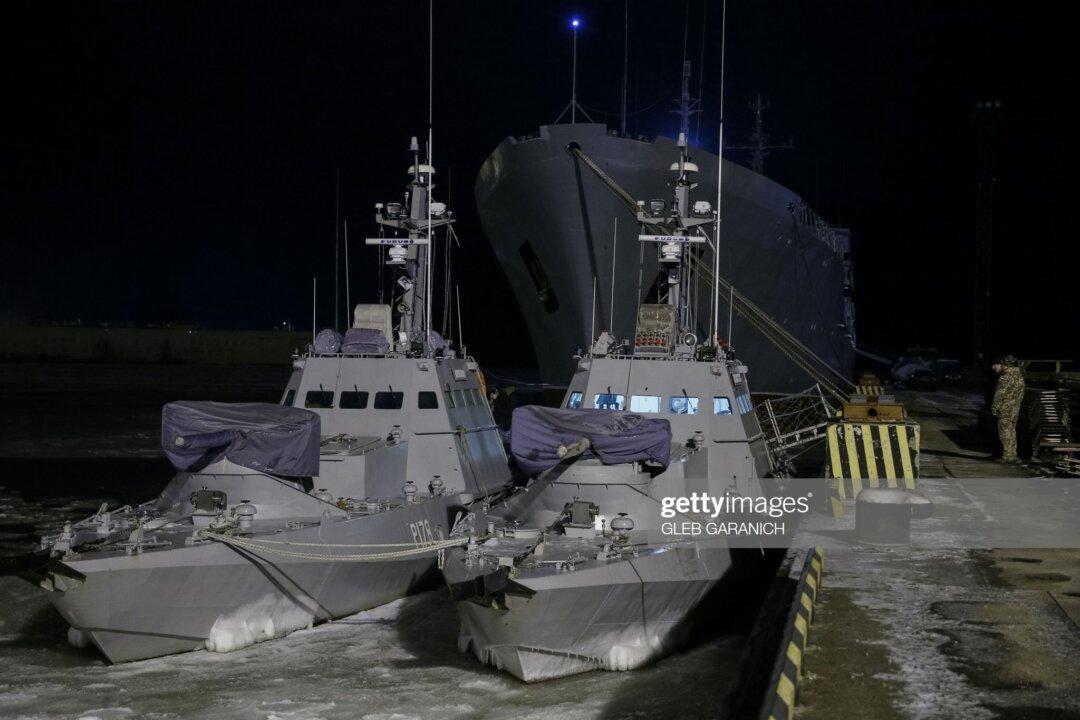No, Yemen isn’t Disney World. It is one of those “s…hole” countries like “Carjackistan” somewhere near the end of the world where unknown peoples fight (and kill) each other usually out of sight of the civilized world.
And, in which, the United States wants to avoid being involved.





